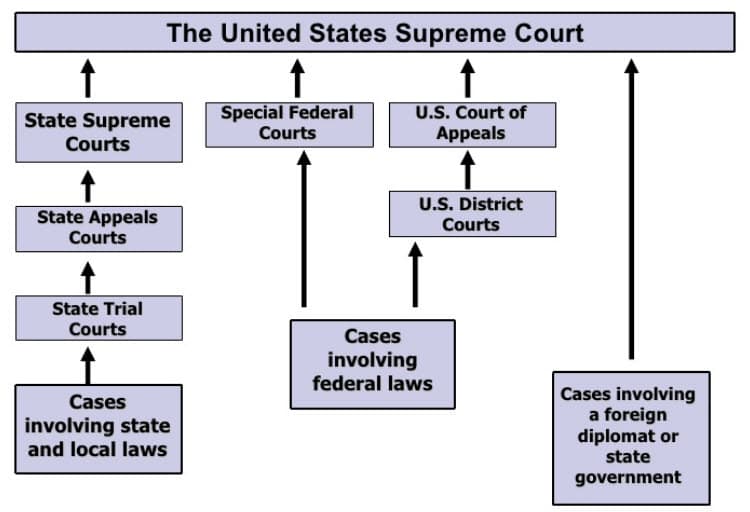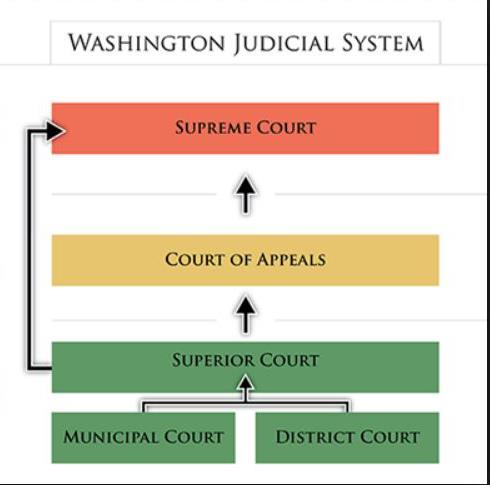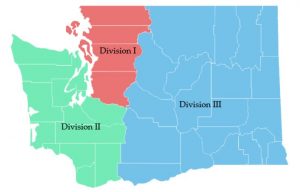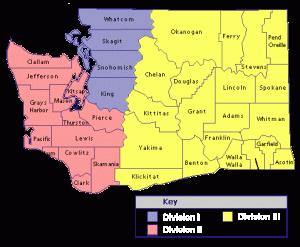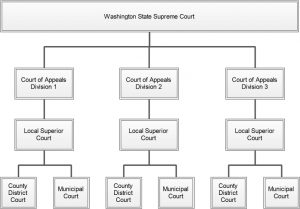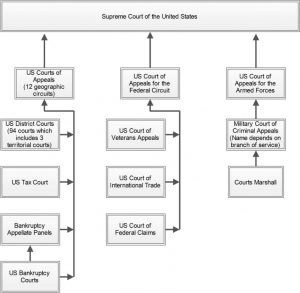It is important for you to have read and understood the article entitled the Standard Method of Serving a Summons and Complaint for Unlawful Detainer before reading this article. The efforts to serve a defendant under the standard method are vital to the successful use of the RCW described below.
There are certainly instances where service on a tenant can be very difficult, especially in the residential context. Prior to 1997 it was not uncommon for residential tenants to avoid service for a considerable length of time in order to continue living some place without paying rent. Fortunately the following RCW was enacted by the legislature and it goes a long way in curing this problem for landlords (and process servers). Given the correct circumstances it allows for service of the summons by posting and mailing.
Remember, this provision applies only to residential landlord-tenant unlawful detainer actions.
59.18.055
Notice — Alternative procedure — Court’s jurisdiction limited — Application to chapter 59.20 RCW.
|
(1) |
When the plaintiff, after the exercise of due diligence, is unable to personally serve the summons on the defendant, the court may authorize the alternative means of service described herein. Upon filing of an affidavit from the person or persons attempting service describing those attempts, and the filing of an affidavit from the plaintiff, plaintiff’s agent, or plaintiff’s attorney stating the belief that the defendant cannot be found, the court may enter an order authorizing service of the summons as follows: | |
|
|
(a) |
The summons and complaint shall be posted in a conspicuous place on the premises unlawfully held, not less than nine days from the return date stated in the summons; and |
|
|
(b) | Copies of the summons and complaint shall be deposited in the mail, postage prepaid, by both regular mail and certified mail directed to the defendant’s or defendants’ last known address not less than nine days from the return date stated in the summons.
When service on the defendant or defendants is accomplished by this alternative procedure, the court’s jurisdiction is limited to restoring possession of the premises to the plaintiff and no money judgment may be entered against the defendant or defendants until such time as jurisdiction over the defendant or defendants is obtained. |
| (2) |
This section shall apply to this chapter and chapter 59.20 RCW. |
|
The following are drawn from subsection (1).
First
The plaintiff, usually through his process server, must exercise “due diligence” before the court will grant the needed order. This diligence must be shown to the court in the form of an affidavit (though more typically a declaration) describing the attempts to serve the defendant in the normal manner described in RCW 4.28.080. The server should make several attempts, 4 or 5, at different times of the day and, deadline allowing, on different days. Each attempt should be recorded and then described briefly in the server’s Declaration of Attempts.
Second
Once the order is granted the summons and complaint “shall be posted in a conspicuous place on the premises.”
Third
The posting must take place “not less than nine days from the return date stated in the summons.” This is an important point because the time span is different than for the standard unlawful detainer summons which provides for seven days.
Fourth
The summons and complaint must be mailed not once but twice. They must be mailed by both first class mail and certified mail. As usual, the mailings must be postage prepaid and must be addressed to the defendant’s last known address, usually the address of the house or apartment in question.
Fifth
The mailing must occur “not less than nine days from the return date stated in the summons.” The rule of thumb is to do the mailing the same day the documents are posted. If you’ve met the deadline for posting then you will have met the deadline for mailing as well.
Sixth
Although this statute allows the plaintiff (usually the landlord) to obtain an order allowing for the reclamation of the property, it does not allow the plaintiff landlord to obtain a money judgment when the summons and complaint are served in this fashion. Though this does not have a direct impact on the process server it is good to keep it in mind. The summons and complaint issued for service using the standard method of service provides the plaintiff with a money judgment if it is served. The process server’s diligence, which is a requirement for this statute, is doubly important to the plaintiff because of this difference.
Non-Residential Considerations
In the non-residential context, 2 possible alternative methods for service exist: 1) publication and 2) service on the Secretary of State if the tenant is an entity and the registered agent cannot be found. Service by publication is beyond the purview of the process server.
However, in situations where the tenant that is an entity, like a corporation or a limited liability company, and there is no registered agent or appointed or the registered agent cannot be found, service can be accomplished on the Secretary of State. This method is discussed in more detail in other sections of the coursework.
The reason this is of specific note in the unlawful detainer context is that an unlawful detainer summons must be returnable “not less than 7 nor more than 30 days” from the date of service. When serving the Secretary of State, the service “shall be returnable in not less than thirty days.” So, in those cases it is important to work carefully with the client to affect service in a manner that fulfills the return requirements of both the unlawful detainer statute and the statutes dealing with service on the Secretary of State.
Conclusion
- Successful service using this alternative method is dependent upon the process server’s diligent efforts under the standard method.
- This method allows for service by posting and mailing the service documents. Two mailings are required, one first class and one certified.
- The deadline for service under this method is nine days before the return date on the summons instead of only seven as allowed for the standard method.
- The plaintiff is not able to obtain a money judgment when service is made under this statute.
- Special conditions exist in the non-residential context.
This quiz is for logged in users only.


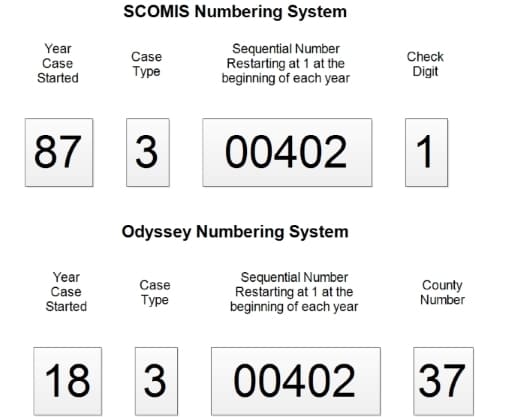
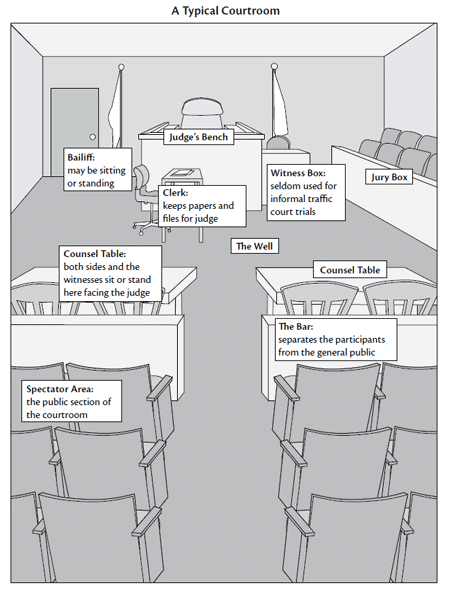 This is a rough diagram of a typical courtroom in the state of Washington. Courtrooms vary a great deal from city to city and county to county but they all have the same basic structure.
This is a rough diagram of a typical courtroom in the state of Washington. Courtrooms vary a great deal from city to city and county to county but they all have the same basic structure.